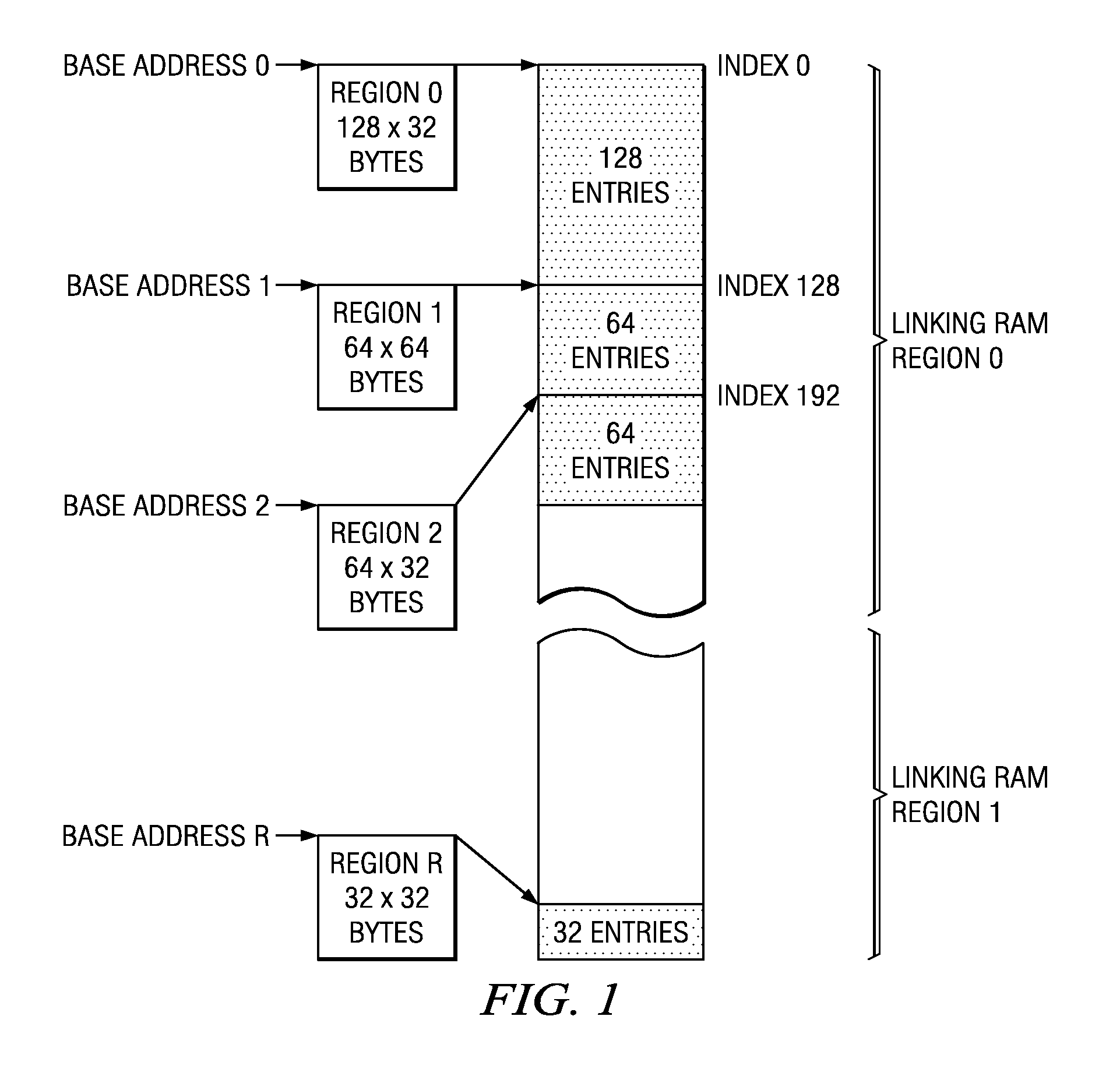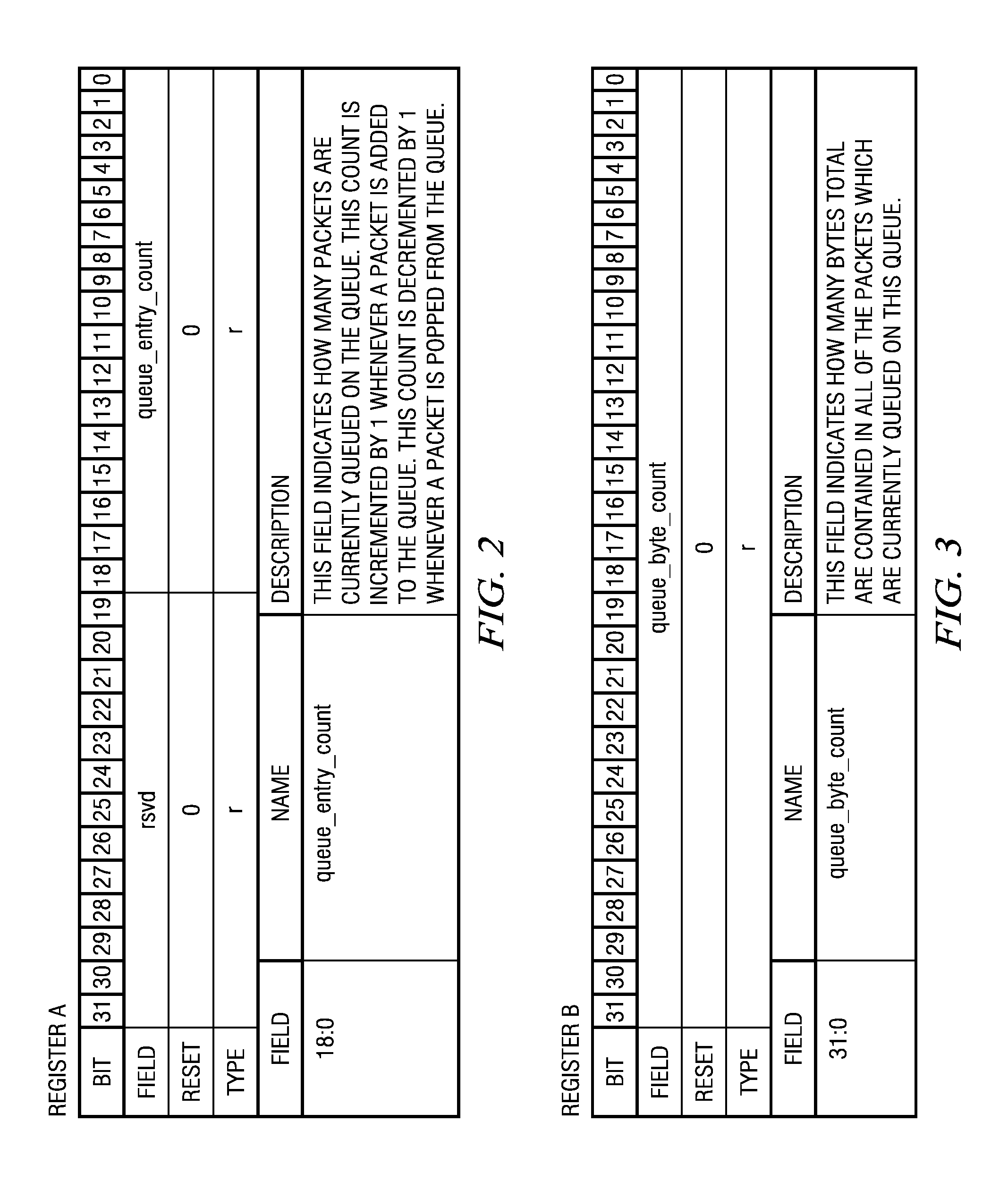Method for infrastructure messaging
a messaging and infrastructure technology, applied in interprogram communication, multi-programming arrangements, program control, etc., can solve the problems of inconvenient implementation, inability to meet the needs of users, and inability to communicate in a variety of ways, so as to eliminate any software intervention, reduce overhead, and reduce latency
- Summary
- Abstract
- Description
- Claims
- Application Information
AI Technical Summary
Benefits of technology
Problems solved by technology
Method used
Image
Examples
Embodiment Construction
[0014]Existing message passing mechanisms are either processor architecture or interconnect topology dependent or strictly intended for inter processor communication (IPC) and not flexible to apply to a wider application such as peer to peer messaging.
[0015]This invention is based on hardware messaging components with significant software flexibility that not only facilitate a low overhead inter processor communication but also peer to peer communication with zero software intervention. The solution is also processor architecture or interconnect topology agnostic and scalable to handle any number of processor cores and hardware queues.
[0016]Communications appear uniform to the sender and receiver regardless of whether the message is sent via shared memory, copied across memory regions in the same subsystem, copied across subsystems, or even copied across a chip interconnect bus. The message transport is transparent to the user application.
[0017]The benefit of the described messaging...
PUM
 Login to View More
Login to View More Abstract
Description
Claims
Application Information
 Login to View More
Login to View More - R&D
- Intellectual Property
- Life Sciences
- Materials
- Tech Scout
- Unparalleled Data Quality
- Higher Quality Content
- 60% Fewer Hallucinations
Browse by: Latest US Patents, China's latest patents, Technical Efficacy Thesaurus, Application Domain, Technology Topic, Popular Technical Reports.
© 2025 PatSnap. All rights reserved.Legal|Privacy policy|Modern Slavery Act Transparency Statement|Sitemap|About US| Contact US: help@patsnap.com



